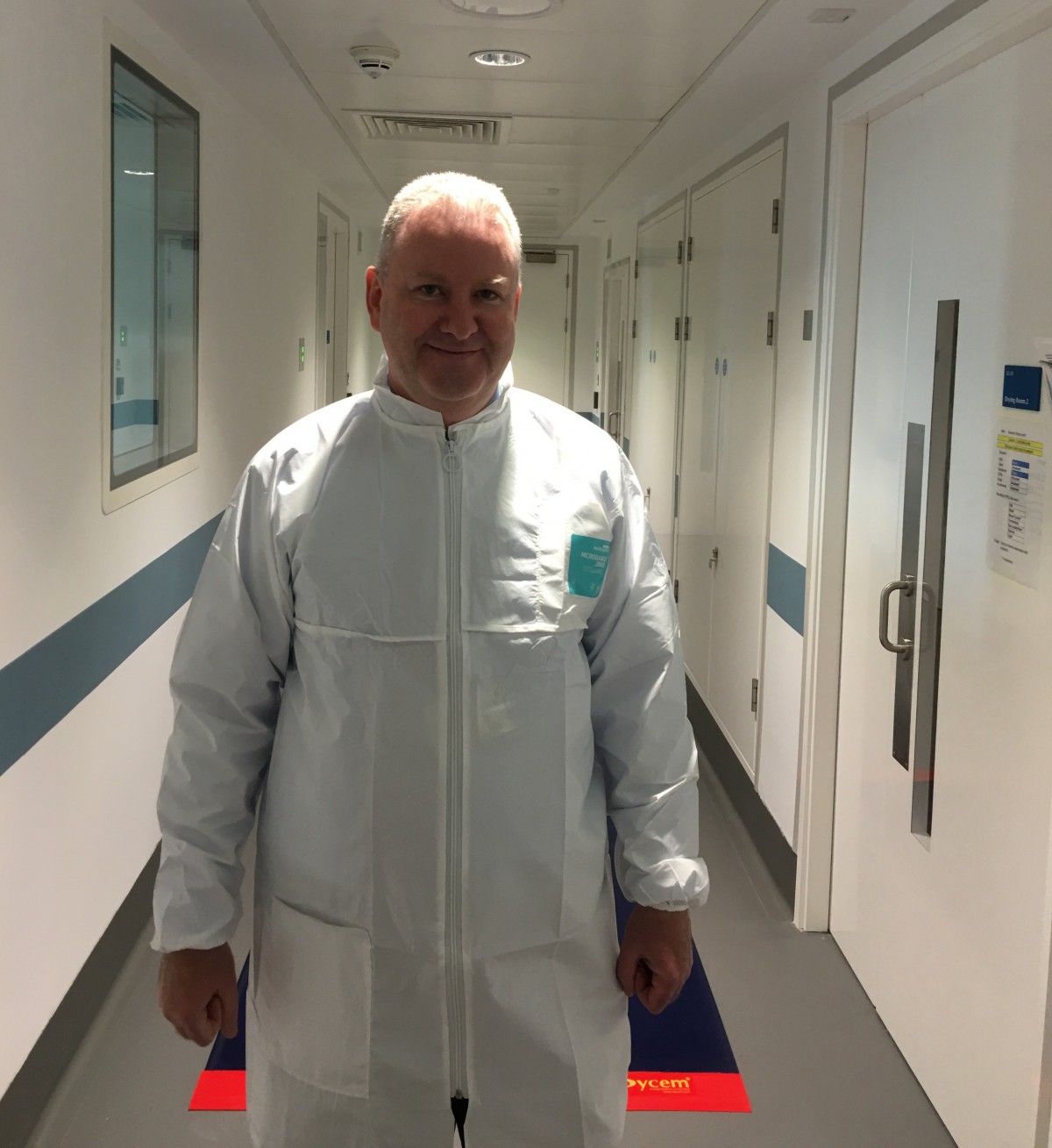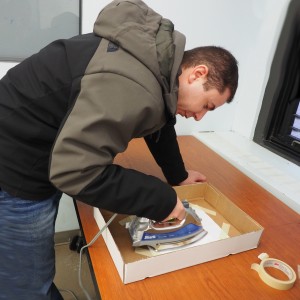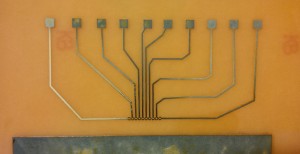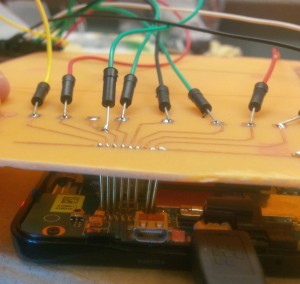In October 2016, our very own Dr. Darren Hayes was invited to visit two different forensics laboratories in Northern Ireland. Anthony Harbinson, Director of Safer Communities for the Northern Ireland Department of Justice and Former President of the ACCA, was kind enough to organize this fascinating, educational experience for Hayes. The visit included a tour of the new, state-of-the-art lab of Forensic Science Northern Ireland (FSNI), an Agency of the Department of Justice, based at Seapark, Carrickfergus, as well as a visit to the highly impressive Cyber Crime Center of the Police Service of Northern Ireland (PSNI).
Stan Brown, Executive Director, Forensic Science Northern Ireland (FSNI), and his outstanding team, provided Hayes with tremendous insight into some of the cutting-edge forensic analysis techniques implemented by FSNI. Hayes remarked, “Forensic Science Northern Ireland and the Department of Justice, with their significant financial investment, have not only signaled their intent to provide the people of Northern Ireland with a laboratory that they can feel proud of but they have also successfully raised the standard for other laboratories worldwide. Other agencies will certainly strive to emulate their extraordinary success. The lab operates with the utmost integrity, guided by strict protocols. FSNI have not only integrated the latest technology into their labs but have also considered the impact on the community and its employees, which is admirable. It was refreshing to see that employee input was critical to the development of a new lab to provide a safe, efficient and comfortable environment within which to operate. This level of planning rarely occurs elsewhere. Moreover, the new forensics lab was built to the highest European standards of sustainability to ensure that the facility was environmentally safe and responsible. Their accomplishments are inspiring”.
Another highlight of Dr. Hayes’ trip was a visit to PSNI’s Cyber Crime Center. Detective Constable Ian McClurg and his colleagues were kind enough to explain to Hayes some of the current cyber crimes that they investigate to ultimately ensure the safety of the Northern Ireland community. In a digital, inter-connected world, cyber crime has no borders. Hayes noted that the “PSNI has invested considerably and wisely in the latest technologies and employ some of the most technically-advanced investigators in the world. The personnel that I met possess the expertise that would be sought after by any organization worldwide. Their unwavering dedication to protecting the local community is highly commendable.”
Dr. Hayes said that “the warm hospitality of the people in Northern Ireland is world-renowned but this visit far surpassed my expectations and I greatly appreciate the time and consideration afforded by Mr. Harbinson and his colleagues.”





